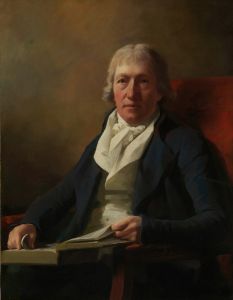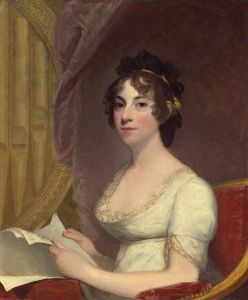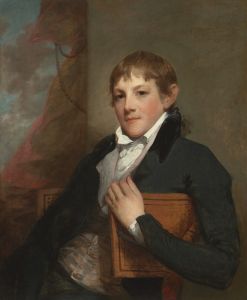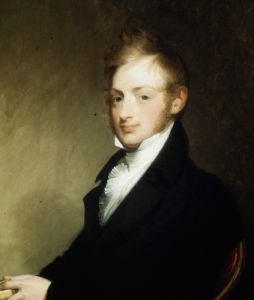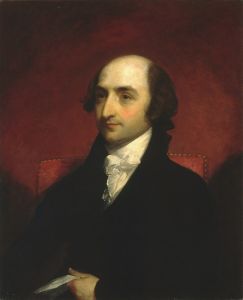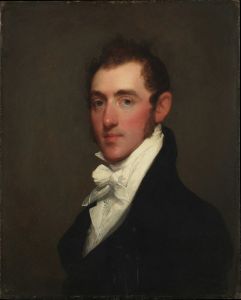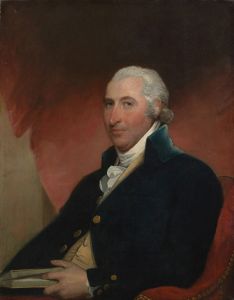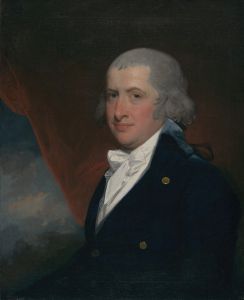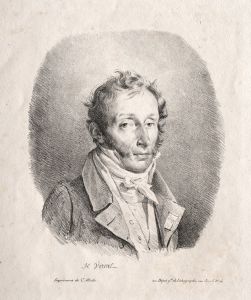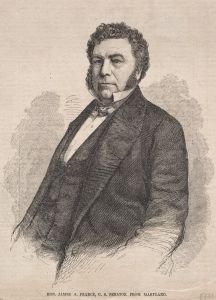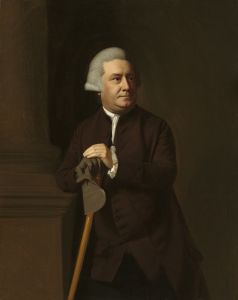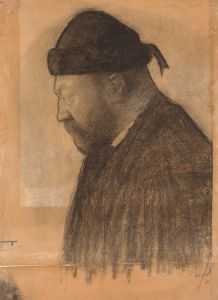
Edward Shippen
A hand-painted replica of Gilbert Stuart’s masterpiece Edward Shippen, meticulously crafted by professional artists to capture the true essence of the original. Each piece is created with museum-quality canvas and rare mineral pigments, carefully painted by experienced artists with delicate brushstrokes and rich, layered colors to perfectly recreate the texture of the original artwork. Unlike machine-printed reproductions, this hand-painted version brings the painting to life, infused with the artist’s emotions and skill in every stroke. Whether for personal collection or home decoration, it instantly elevates the artistic atmosphere of any space.
The painting "Edward Shippen" by Gilbert Stuart is a notable work by one of America's most renowned portrait artists. Gilbert Stuart, born in 1755 in North Kingstown, Rhode Island, is celebrated for his portraits of prominent figures in American history, including the first six Presidents of the United States. His most famous work is the unfinished portrait of George Washington, known as the "Athenaeum Portrait," which appears on the United States one-dollar bill.
Edward Shippen, the subject of this portrait, was a significant figure in colonial and early American history. Born in 1729, Shippen was a member of a prominent Philadelphia family and served as the Chief Justice of the Pennsylvania Supreme Court. He was a loyalist during the American Revolution, which placed him in a complex position during a time of great political upheaval. Despite his loyalist leanings, Shippen managed to maintain his status and influence in post-revolutionary America, largely due to his legal acumen and the respect he commanded in Philadelphia society.
The portrait of Edward Shippen by Gilbert Stuart is believed to have been painted in the early 19th century, although the exact date is not well-documented. Stuart's portraits are known for their realistic representation and the ability to capture the personality and status of the sitter. In this painting, Stuart employs his characteristic style, focusing on the face and upper body of Shippen, with a plain background that emphasizes the subject's features and attire. The use of light and shadow in the painting highlights Shippen's dignified expression and the fine details of his clothing, which was typical of the fashion among the elite in early 19th-century America.
Stuart's technique involved creating a sense of immediacy and presence, often engaging the viewer with the subject's direct gaze. This approach can be seen in the portrait of Edward Shippen, where the sitter's eyes and expression convey a sense of wisdom and authority. Stuart's ability to capture the essence of his subjects made his portraits highly sought after by the American elite.
The painting is part of the collection at the Philadelphia Museum of Art, which houses a significant number of works by Gilbert Stuart. The museum's collection provides insight into the artistic and cultural history of the United States, with Stuart's portraits offering a window into the lives of influential figures during the nation's formative years.
Overall, the portrait of Edward Shippen by Gilbert Stuart is a testament to the artist's skill in portraiture and his ability to convey the stature and character of his subjects. It remains an important piece within the context of American art history, reflecting both the personal legacy of Edward Shippen and the broader narrative of the early United States.





